Many steel mills and service centers are struggling with high inventory levels, while buyers are reportedly focused on depleting existing stocks rather than placing new orders. This is leading to a stagnation in the market and a stagnation in prices.
According to a steel producer in Germany, buyers are now more interested in depleting their existing stocks. The low volume of purchases by service centers, which refrain from replenishing their stocks, poses a serious problem for steel mills. Germany in particular is feeling economic pressure due to the recession in the automotive and construction sectors. Order cancellations in the automotive sector and weakness in the construction industry are negatively affecting both local producers and the supply chain.
Bankruptcies and economic difficulties in countries such as the Netherlands are leaving deep scars on the steel industry. According to a Dutch service center representative, the automotive sector in particular is in a bottleneck due to a drop in demand and order cancellations. Worsening macroeconomic conditions across Europe are weakening demand in both domestic and export markets.
Producers are in a dilemma: Will prices decrease or production decrease?
Domestic producers in Europe are faced with a choice between stable or decreasing prices. If they cut prices, they have a chance to maintain their market share, but this move could have a negative impact on their profit margins. On the other hand, cutting production means losing CO2 emission quotas until 2025, which in the long run could deal a blow to efforts to reduce the sector's carbon footprint. Some industry players are planning to resort to labor cuts as a solution to this complex situation.
HRC imported into Europe does not offer a strong alternative to domestic producers due to the risks of longer lead times and high safeguard duties. However, quotas on imports have allowed some new players to enter the market. In particular, countries such as Australia and Saudi Arabia have started to offer competitive offers in the European steel market.
As a result, these developments in the European HRC market are attracting the attention of both local producers and importers. Economic fluctuations and tightening environmental regulations are among the critical factors that will shape the future of the industry.


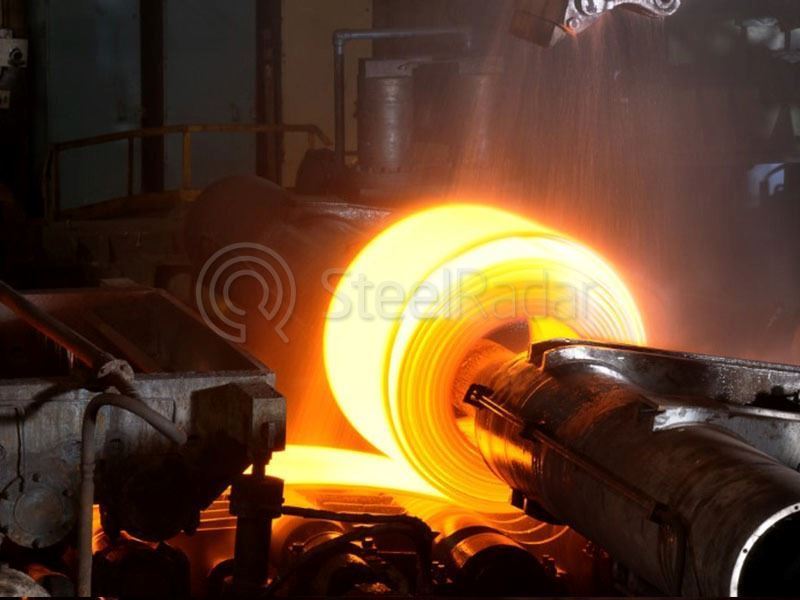
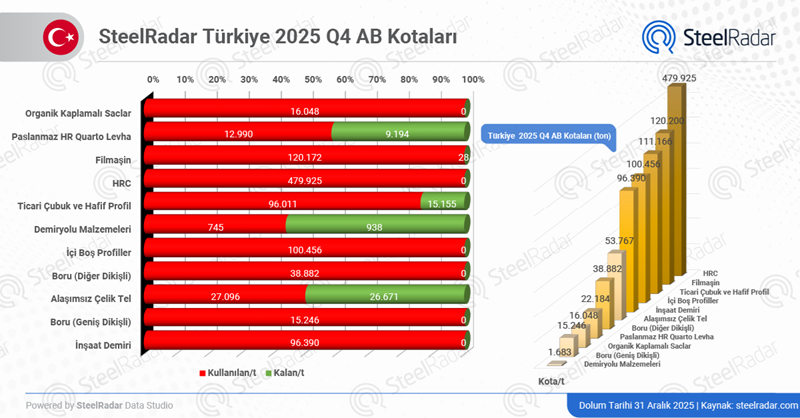

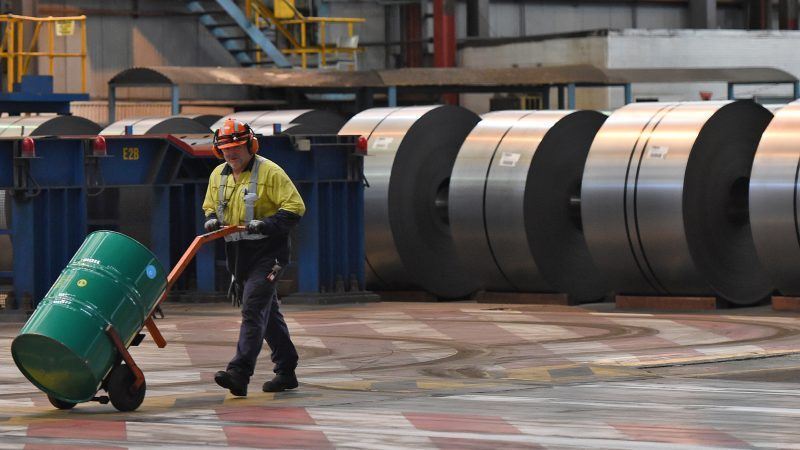
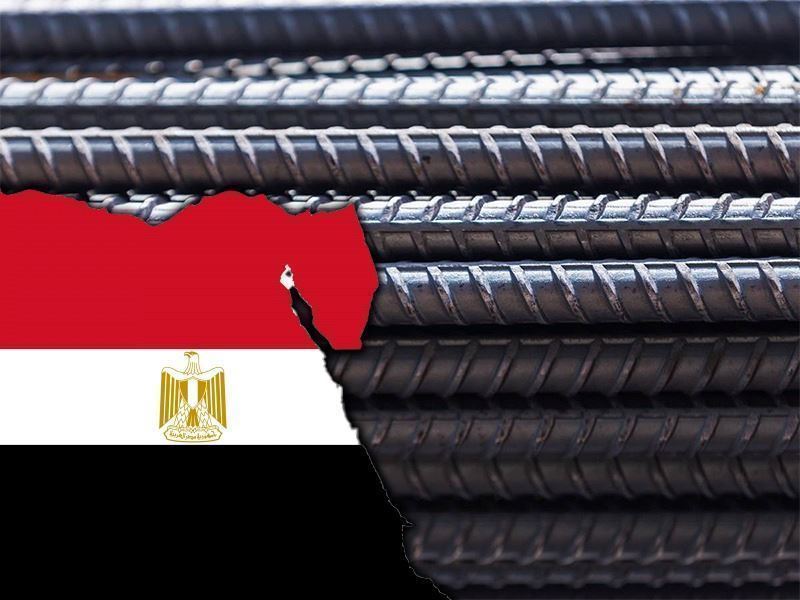
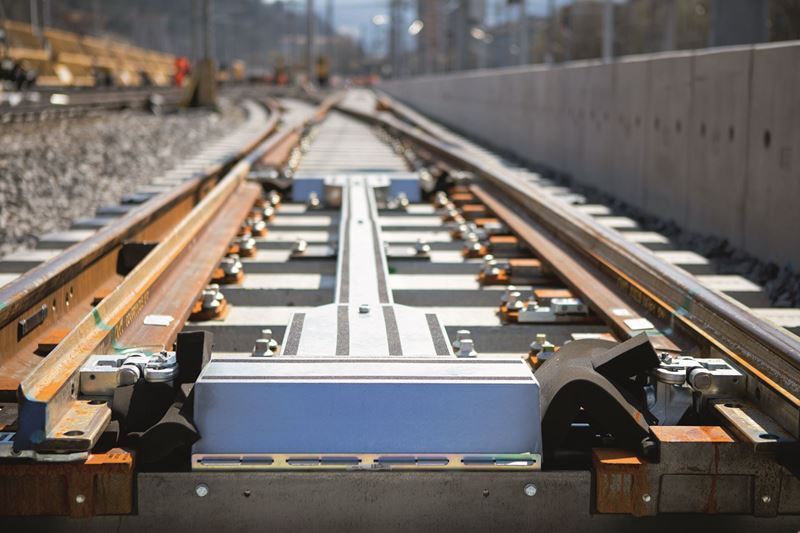

Comments
No comment yet.